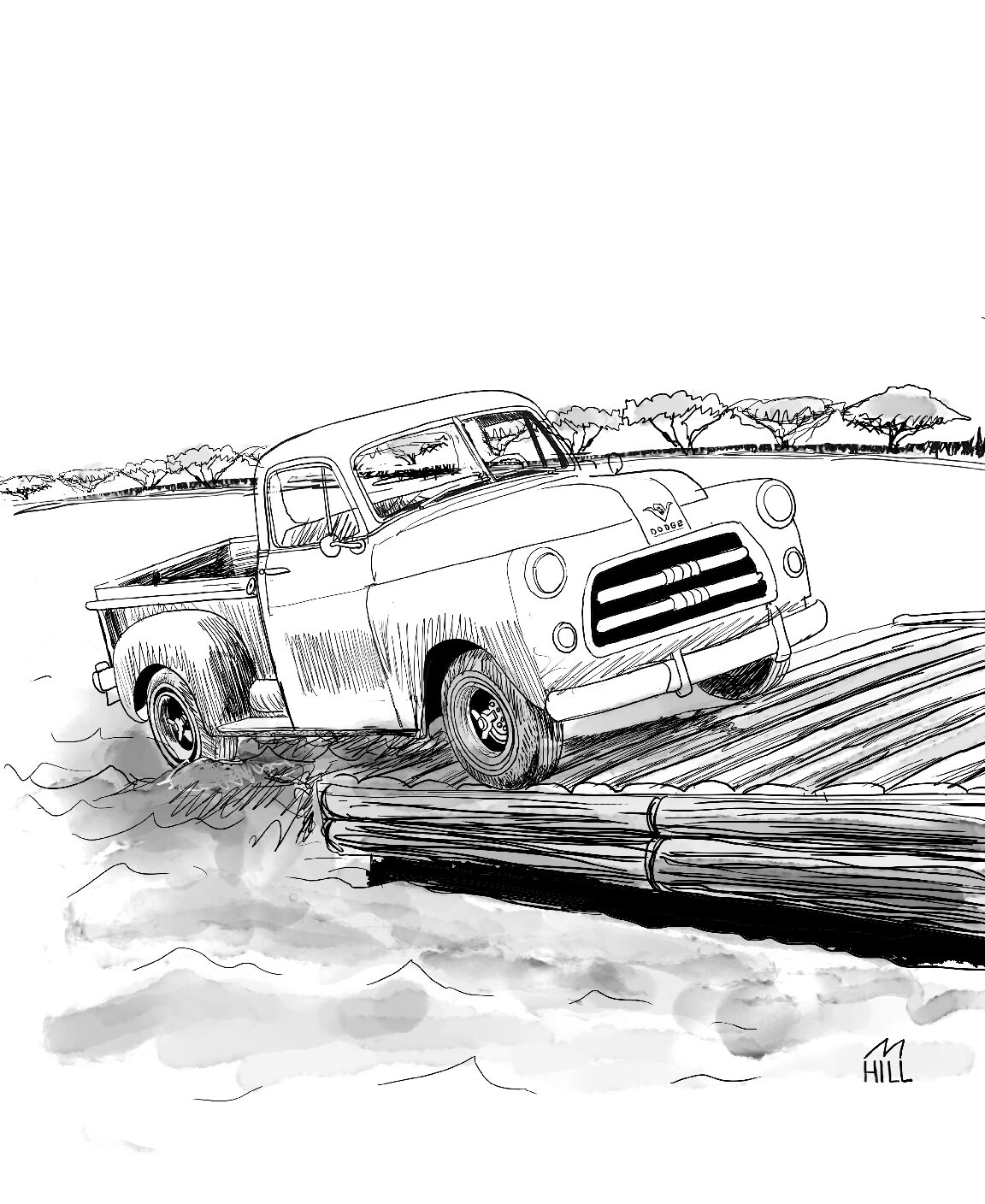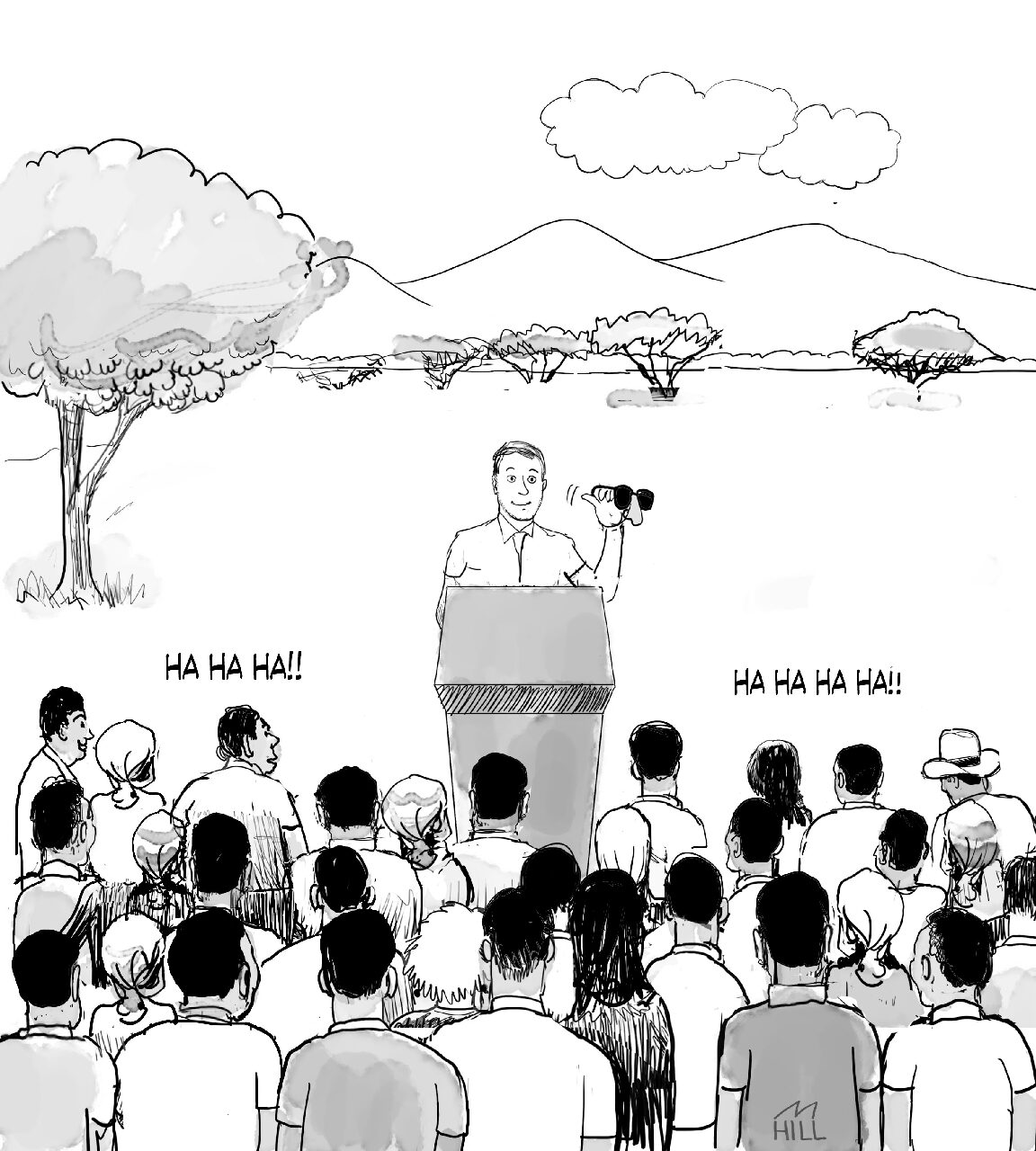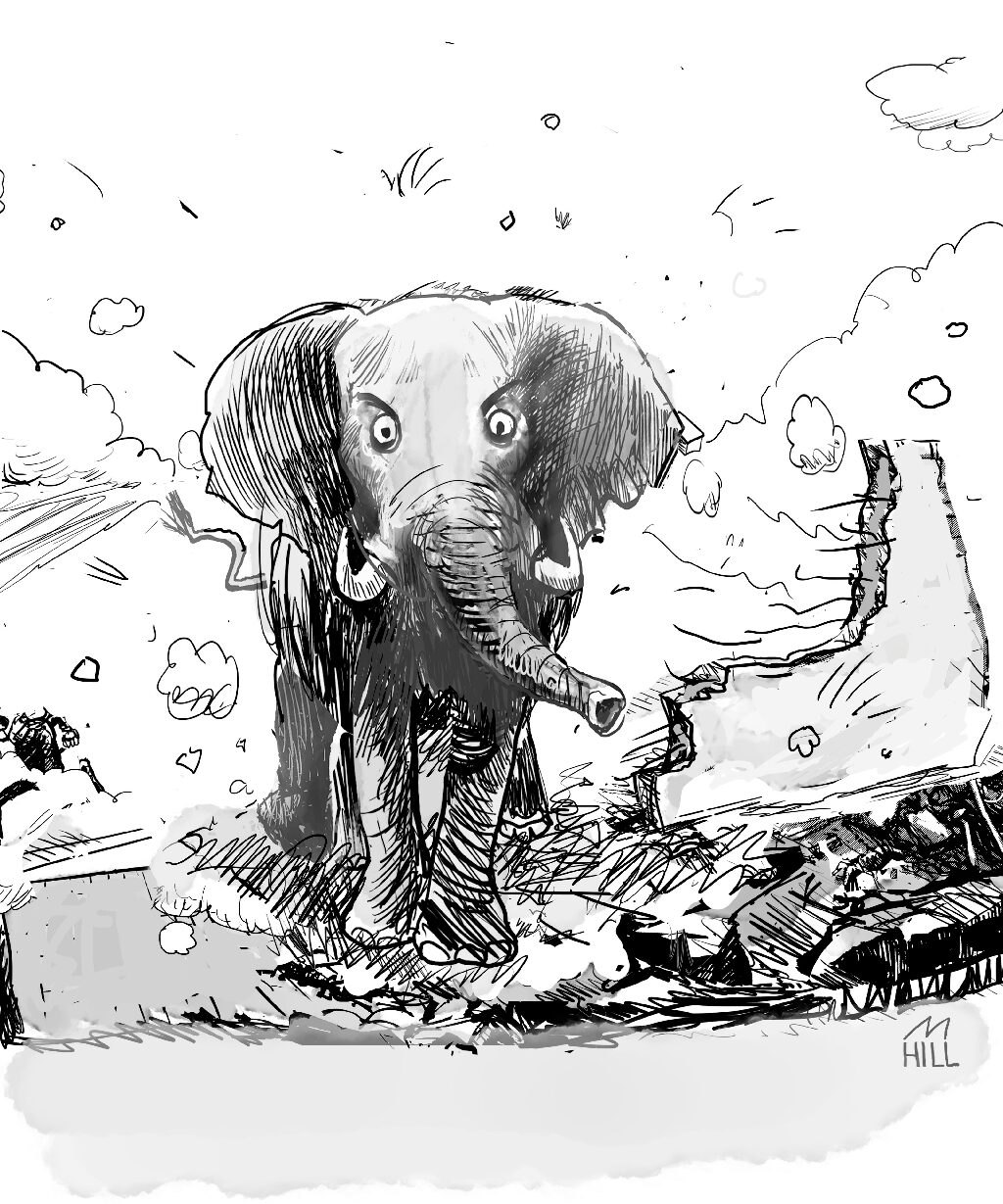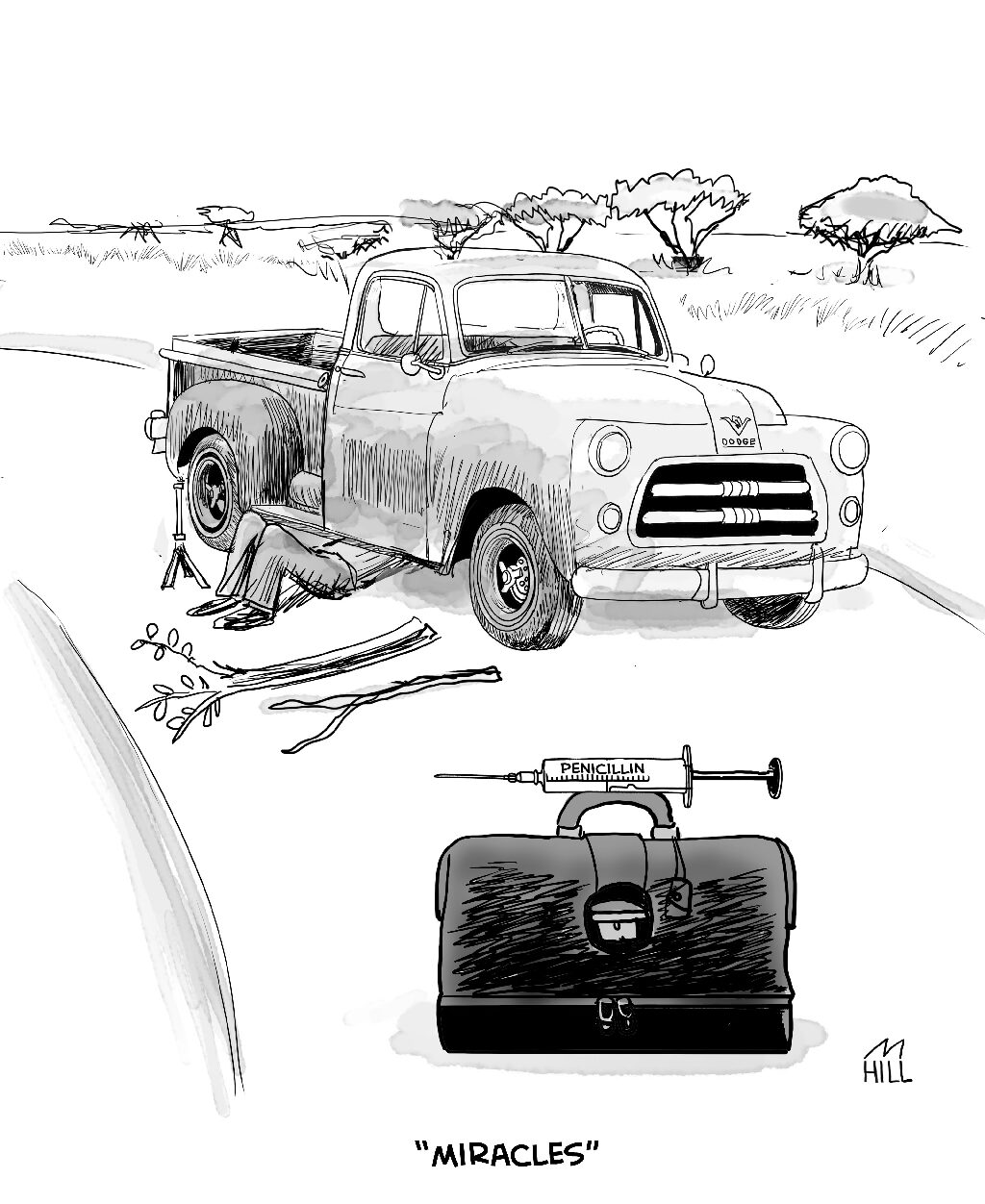“The Baptism of The ’55 Dodge”
Doctor Bob drove the dark green dodge truck from Emmaus, Pennsylvania, to dockside in New York. Shipped to Mombasa, Kenya, it was available for pick up a month or two later. When he and his family arrived in Mombasa, on route to their new home in the Belgian Congo, they drove it through rugged country, some twelve hundred kilometers to Nyankunde. The roads, single track mud lanes, were haphazardly built through savanna and jungle by British and Belgian colonial governments but the maintenance was assigned to the tribes through which the roads passed. They were expected to keep the grass cut, the trees from encroaching and the mud ruts leveled. And there were countless rivers to be crossed.
The truck had been donated by church groups and sold to the mission by a Mennonite well-wisher at a very reasonable price in Pennsylvania. It was now ready for hard work.
Well, not quite. It had to cross those rivers, and the ferry service was primitive. The road led to the river crossings and a barge, attached to a steel cable by a worn rope ensured its crossing despite strong currents. The cable was anchored, on each side of the river, to large trees and it guided the barge, powered by three chanting tribesmen, to the opposite side making it into a musical ride. At each side of the river a small ramp made a bridge from the barge to the muddy road. The initiation trip took several days of hard driving and finally he arrived at Nyankunde to be greeted by their new friends and colleagues.
Drought and failed harvests led to starvation conditions in several communities within driving distance of Nyankunde and Doctor Bob volunteered to bring a supply of grain to the villages. Sacks filled with life- giving supplies were loaded onto the Dodge one-and-a-half-ton truck and he set off. At one of the crossings, Doctor Bob managed to get over the small wooden ramp and onto the barge without difficulty. Upon arrival at the other side of the river, a rope was attached to the ferry and tied to a tree to prevent it from slipping back into the stream, but it left a gap in which the truck’s front wheels lodged as he tried to exit the barge. He was encouraged by the deck hand to rev the engine and let the back wheels push the truck over the gap. This put pressure on the frail rope which suddenly broke allowing the barge to slip back into the river. There was now a yawning gap into which the front wheels suddenly slipped. The gap grew larger, the weight of the truck tilted the barge and, In slow motion, the truck followed the rules of gravity and dropped ponderously into the water and slowly sank into eight feet of water.
Over his high school years, Doctor Bob had attended Pioneer Camp where he had become adept at water sports and had, in time, become a swimming teacher. His water skills became a lifesaver now as he forced his way out of the truck’s window, swam to the surface and dragged himself onto the shore. A nearby military base turned out to have a friendly commander who supplied manpower and equipment. A diver attached ropes to the upright truck and strong soldiers pulled it toward shore, set to the tune of loud rhythmic singing so familiar to African workers. Doctor Bob was thrilled to see the top of his vehicle emerge slowly and steadily, like a leviathan, to the surface. Wet and covered in silt the dripping vehicle eventually sat, disgraced, on land.
The story has a happy ending. The truck was towed back to Nyankunde where a skilled mechanic cleaned out the silt, pulled the engine and the transmission apart and restored it to perfect condition.
The truck became famous for its toughness and served for all the years that Doctor Bob remained Medical Director at the Nyankunde Hospital.







